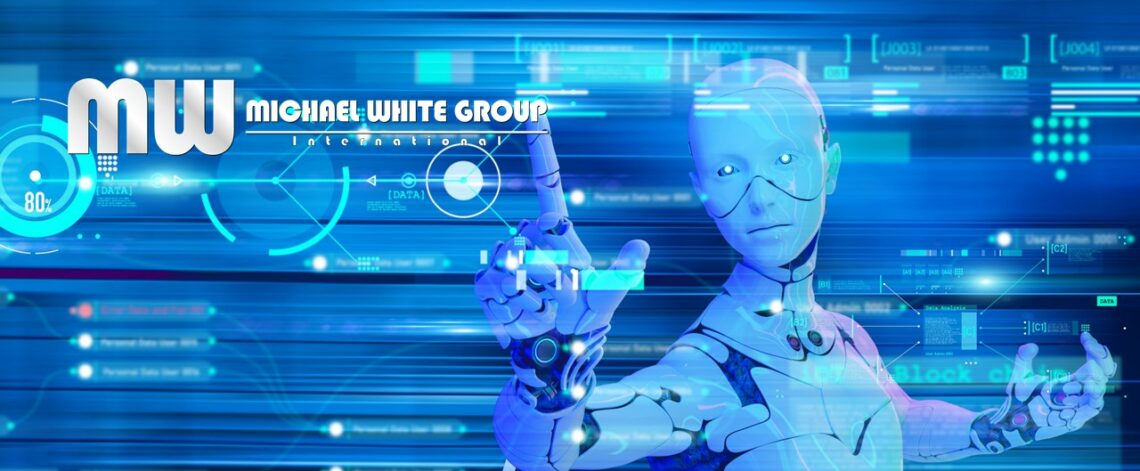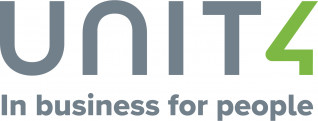This is the initial article in a series of articles addressing Crime Prevention Through Environmental Design (CPTED) in Government Facilities. Note that all the strategies mentioned throughout the articles presented can be applied to a variety of facilities and organizations.
Article One.
In the landscape of modern urban development and security, Crime Prevention Through Environmental Design (CPTED) still today emerges as a groundbreaking multi-disciplinary approach that intertwines environmental design with crime deterrence. At its core, CPTED is about reshaping buildings, spaces, and entire urban environments to not only reduce the opportunities for criminal activities but also to elevate the overall sense of safety perceived by the public.
It’s foundation is rooted in less than a handful of principles, natural surveillance, natural access control, territorial reinforcement and maintenance.
At the heart of CPTED lies the principle of natural surveillance. This aspect is focused on increasing the visibility within spaces. The idea is simple yet profound: by designing physical environments to maximize visibility—through clear sight lines, strategic placement of windows, and effective lighting—those who might have criminal intent are more likely to feel observed. This heightened visibility acts as a deterrent to potential offenders, reducing the likelihood of criminal behavior.
Equally crucial to CPTED’s approach is the concept of natural access control. This involves the thoughtful guiding of how people and vehicles move within an environment. By establishing well-defined paths, entrances, and exits, and complementing these with elements like fences, signage, and landscaping, CPTED practitioners can control and restrict access to specific areas. This not only makes it more challenging for criminal activities to take place but also aids in overall crowd management and flow within a space.
Another key principle in the CPTED framework is territorial reinforcement. This principle leverages physical attributes—such as fencing, signage, landscaping, and distinctive pavement designs—to express ownership over a space. The clear demarcation between public and private spaces fosters a sense of ownership and responsibility among those who occupy these spaces. This sense of territoriality is instrumental in discouraging potential trespassers and unauthorized individuals from encroaching on these spaces.
Maintenance plays a subtle yet significant role in CPTED. An environment that is well-maintained and cared for signals that the area is under watchful eyes. Regular upkeep, be it fixing broken amenities, addressing graffiti, or keeping landscapes in pristine condition, suggests that any illicit activities are more likely to be noticed and addressed promptly. This aspect of maintenance serves not just to enhance the aesthetic appeal of a space but also to reinforce the idea that the area is monitored and secured.
Expanding beyond these core principles, some CPTED frameworks also incorporate the concepts of activity support and management. This involves promoting activities and behaviors that align with the intended use of a space. For instance, organizing community events in a park not only increases the legitimate use of that space but also enhances natural surveillance. The presence of regular, organized activities can act as a natural deterrent to criminal behaviors, as these spaces are consistently occupied and observed by the community.
CPTED’s strategies are increasingly being integrated into urban planning, architecture, and community development initiatives. These strategies are pivotal in forging safer neighborhoods, parks, schools, and public spaces. By emphasizing the influential role of the physical environment on human behavior, CPTED aims to mitigate the fear of crime and reduce the actual incidence of criminal activities. Through its thoughtful and strategic approach, CPTED stands as a beacon in the creation of secure, inviting, and resilient urban spaces.
If your Municipality wants to learn more about this topic and read the full article version visit here. Feel free to contact me directly at [email protected] for further assistance.







.png)

.jpg)



